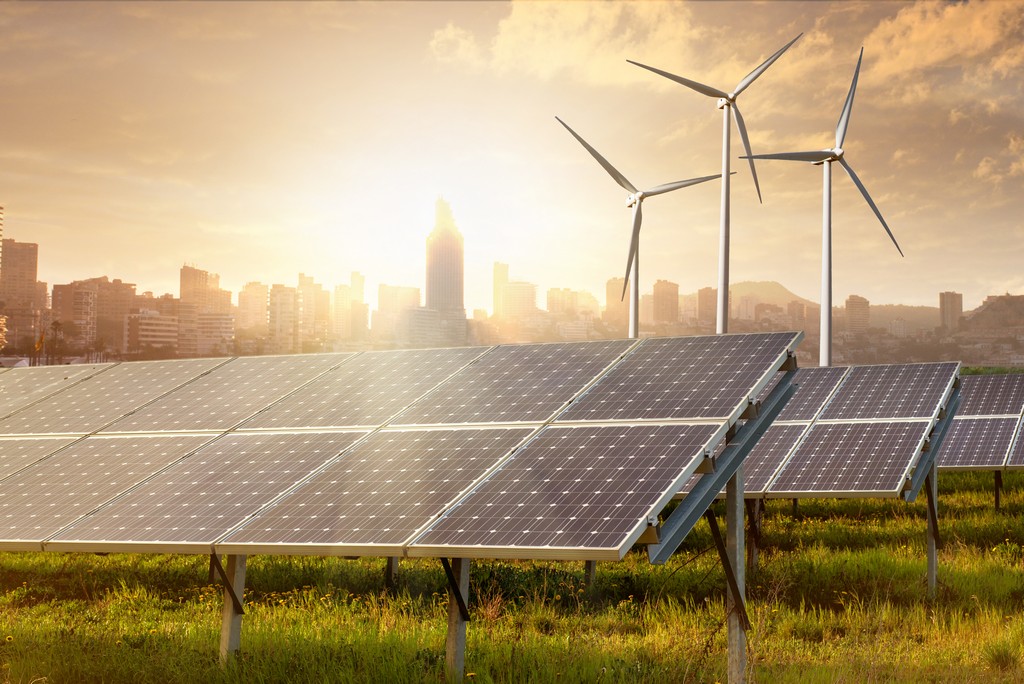Self-financed energy efficiency investments expected to increase to Php1.7T
- November 13, 2023
- 0

The Philippine Energy Efficiency Alliance, Inc. (PE2) projects that up to P1.7 trillion worth of energy efficiency investments will be self-financed or carried by the balance sheets of commercial and industrial establishments in the Philippines by 2040.
In a report by BusinessWorld, PE2 President Alexander Ablaza stated that income tax holiday (ITH) incentives, which are authorized by the Energy Efficiency and Conservation (EEC) Act and the Corporate Recovery and Tax Incentives for Enterprises Act, for self-financed projects could lead to around Php 330 billion in energy efficiency investments.
The EEC law defines energy efficiency projects as those that reduce energy consumption and costs through any improvement, repair, alteration, or betterment of any building or facility, including providing services, equipment, fixtures, or furnishings.
This investment volume is over and above and significantly larger than those that will be self-financed or through other on-balance sheet financing modalities, Ablaza said.
PE2 expects that through 2040, the ITH incentive could improve the commercial viability of up to Php 8.1 trillion in third-party investment for energy efficiency upgrades in the commercial, industrial, transport, residential, and government sectors.
Last month, the Board of Investments (BoI) issued a memorandum circular updating the guidelines to register EEC projects under the 2022 Strategic Investment Priority Plan, specifying that self-financed energy efficiency projects are only entitled to the ITH incentives and duty exemption on imports of capital equipment, raw materials, spare parts, or accessories.
Mr. Ablaza stated that BoI is adhering to the general concept that the more investment risk one takes on, the more it needs fiscal incentives to de-risk such investment.
He also stressed that the PE2 anticipates the Department of Energy, the Energy Regulatory Commission, and the Philippine Economic Zone Authority to draft specific guidelines to enable demand-side management, as well as investments in load-shifting technologies in the demand side of the energy market.